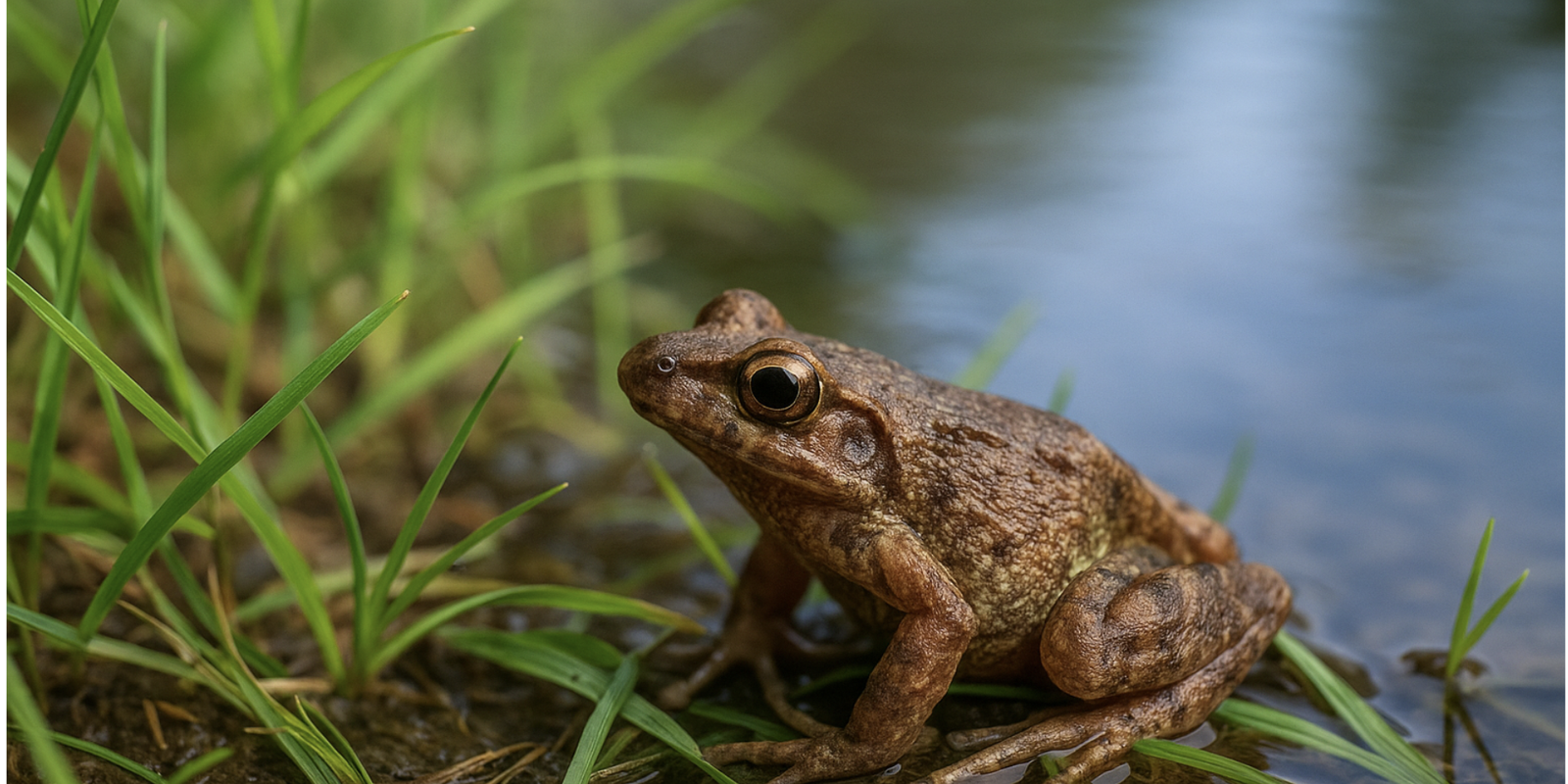Hidden Treasures: Rare Amphibians Found Only in Jamaica
Jamaica is home to some of the world’s most extraordinary and rare amphibians. With its lush forests, limestone caves, and mountainous terrain, this island nation provides a unique habitat for species found nowhere else on Earth. These amphibians are not just biologically fascinating—they’re ecological indicators, telling us about the health of the island’s environment. But many of them are under threat, and their survival hangs in the balance.
Endemic and Elusive: What Makes Jamaica’s Amphibians Rare?
Of the 22 species of frogs native to Jamaica, 20 are found nowhere else. These endemic species have evolved in isolation over millions of years, adapting to microhabitats in specific mountain ranges or forest types. Most of them belong to the Eleutherodactylus genus, known for their unusual reproductive strategy: they lay eggs on land, and the young hatch as fully formed miniature frogs, skipping the tadpole stage entirely.
Spotlight on Jamaica’s Rarest Amphibians
1. Jamaican Yellow-Bellied Frog (Eleutherodactylus pantoni)
This frog is so rare it was once feared extinct. It’s small, secretive, and blends perfectly with the leaf litter in the forests of eastern Jamaica. Rediscovered in recent decades, the Yellow-Bellied Frog is now a poster child for conservation efforts on the island.
2. Blue Mountain Frog (Eleutherodactylus orcutti)
Named after Jamaica’s famous Blue Mountains, this frog is adapted to cool, misty environments high above sea level. It’s known for its soft, bird-like calls, which are often the only clue to its presence. Logging and agriculture have encroached on its habitat, making sightings even rarer.
3. Jamaican Bromeliad Frog (Eleutherodactylus griphus)
This species lives inside bromeliads—plants that hold small pools of water in their leaf axils. The frogs spend their entire lives in these tiny ecosystems, making them especially vulnerable to droughts and deforestation. Their fate is tightly tied to the fate of the plants they inhabit.
4. Jamaican Forest Frog (Eleutherodactylus nubicola)
Once widespread, this highland species has seen a drastic decline in numbers. It lives in cloud forests, a fragile environment sensitive to climate shifts. Scientists suspect disease and changing weather patterns have played a role in its decline.
Threats and Challenges
Habitat loss is the number one threat to Jamaica’s rare amphibians. Deforestation for farming, mining, and development is shrinking the forests they depend on. Additionally, climate change is altering the delicate balance of moisture and temperature that amphibians require. Diseases like chytridiomycosis—a fungal infection devastating frog populations worldwide—are also a looming concern, though its impact in Jamaica is still being studied.
Why These Frogs Matter
Amphibians are critical to ecosystems. They control insect populations, provide food for other animals, and serve as environmental indicators. Their decline often signals bigger problems in the environment—problems that can eventually affect humans too.
Moreover, Jamaica’s rare amphibians are evolutionary gold. Their unique adaptations and long history of isolation make them valuable for scientific study and global biodiversity.
The Fight for Survival
Conservation work is underway, led by local and international organizations. The Jamaica Conservation and Development Trust, along with researchers from the University of the West Indies, are mapping habitats, monitoring populations, and pushing for legal protections. Education campaigns aim to raise awareness among local communities about the importance of preserving these species.
Eco-tourism is another potential ally. Bird watchers and nature tourists already flock to Jamaica for its biodiversity. Promoting amphibian conservation as part of this experience can bring both money and motivation to protect habitats.
Final Thought
Jamaica’s rare amphibians may be small, but they carry immense value. They are ancient survivors, ecological barometers, and symbols of a unique island heritage. Protecting them isn’t just about saving frogs—it’s about preserving the irreplaceable natural legacy of Jamaica.
If action isn’t taken now, these secretive species could vanish without most people ever knowing they existed. But with awareness, science, and strong will, there’s still time to ensure that Jamaica’s forests continue to sing with the croaks, chirps, and whistles of its rare amphibians.









